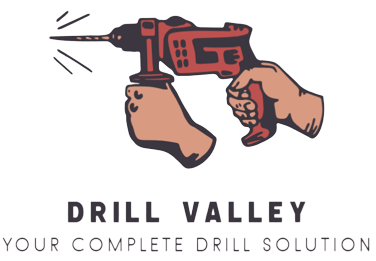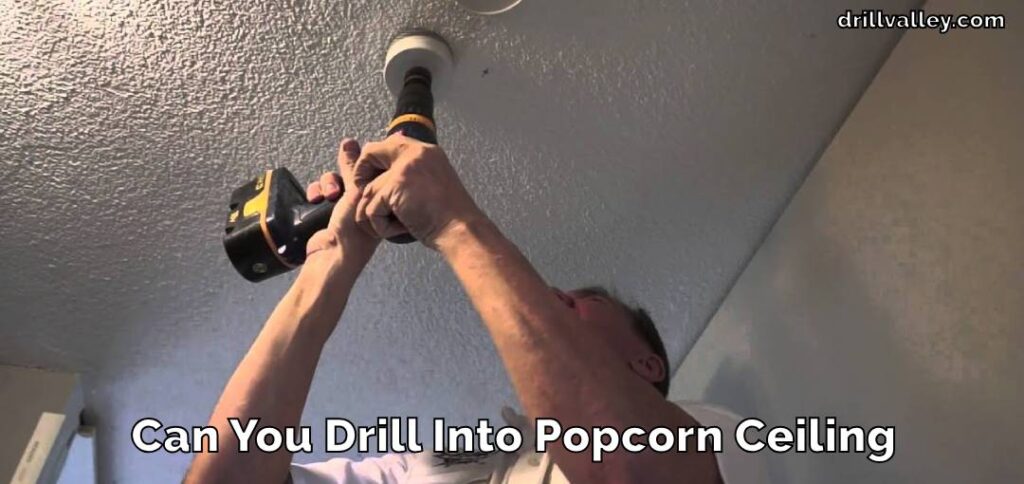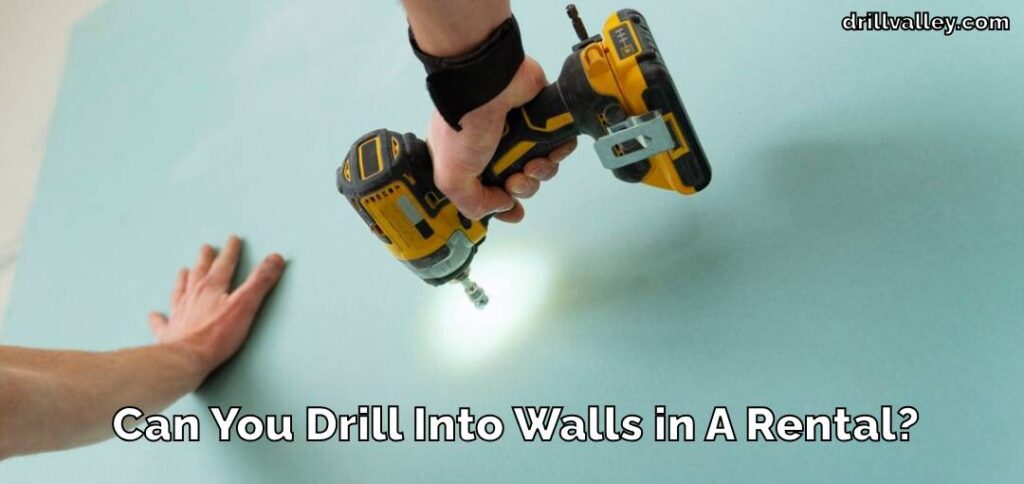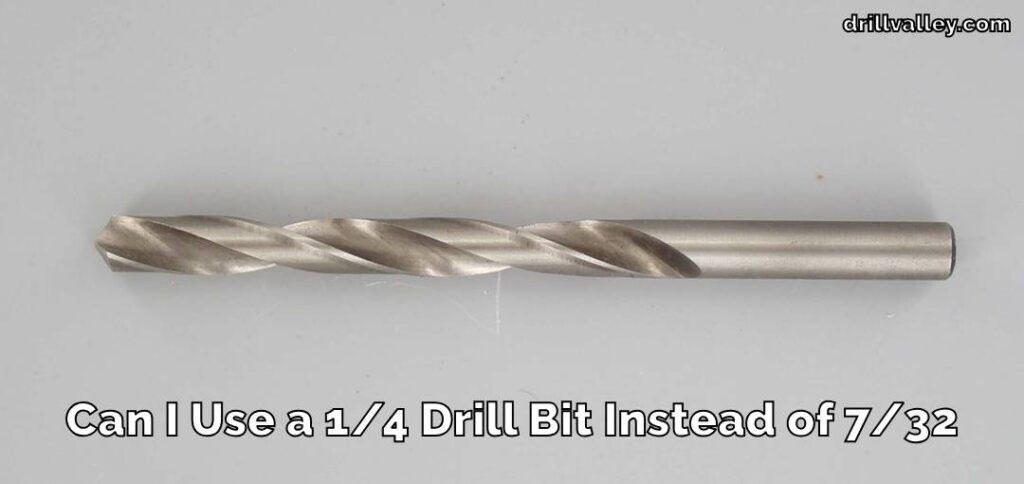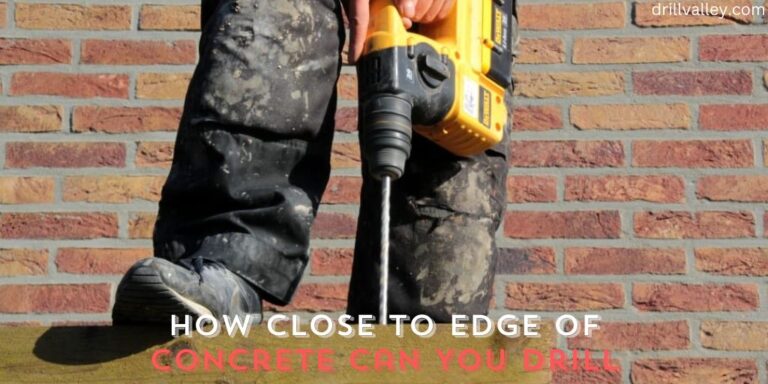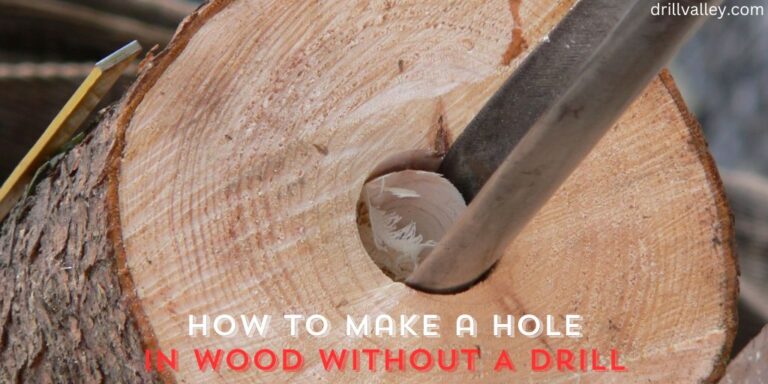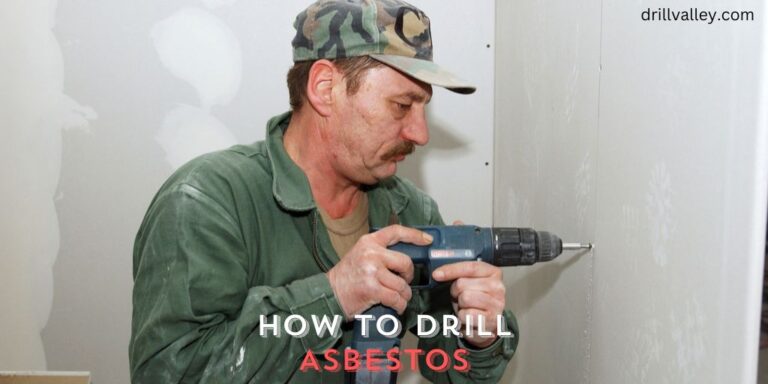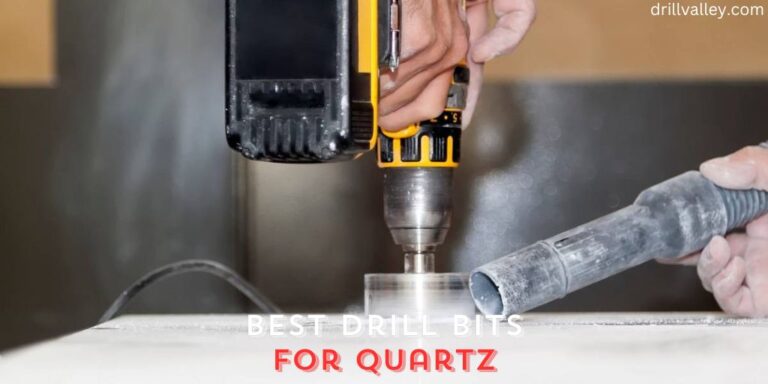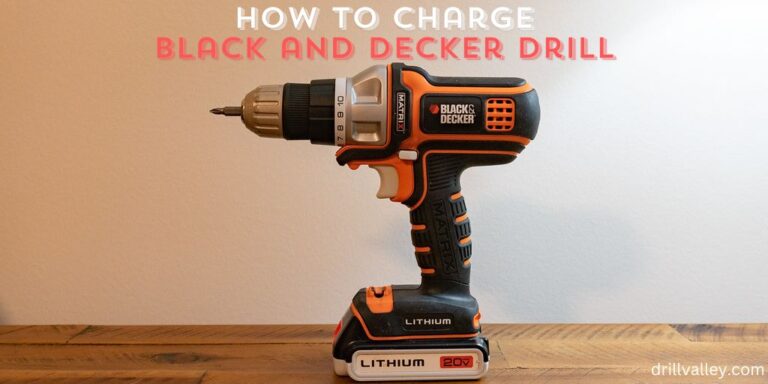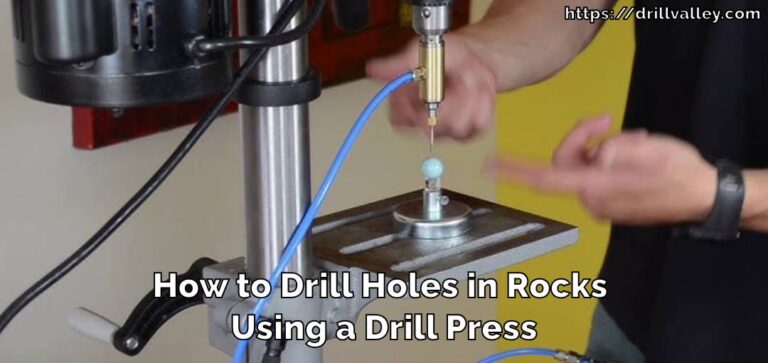How to Use Left Hand Drill Bits
Left-hand drill bits are special tools designed for a unique purpose: to help remove broken screws or bolts. Unlike regular drill bits that rotate to the right, these bits turn to the left. This counter-clockwise action is key to their usefulness.

When you’re stuck with a broken screw, a left-hand drill bit can grip and potentially unscrew the damaged piece as it digs in, making a frustrating situation easier to handle. They’re a clever solution for a specific problem, saving time and avoiding further damage to your work.
What is Left Hand Drill Bits?
Left-hand drill bits are specially designed tools that rotate in a counter-clockwise direction, which is the opposite of how standard drill bits operate. The key feature of these bits is their reversed spiral, a design detail that serves a crucial purpose. Their primary role shines when users are confronted with the challenge of extracting broken screws or bolts.
Imagine a scenario where a screw breaks off while you’re working, leaving a portion embedded in the material. This can halt progress and become a significant inconvenience. However, with a left-hand drill bit, this problem can often be addressed directly.
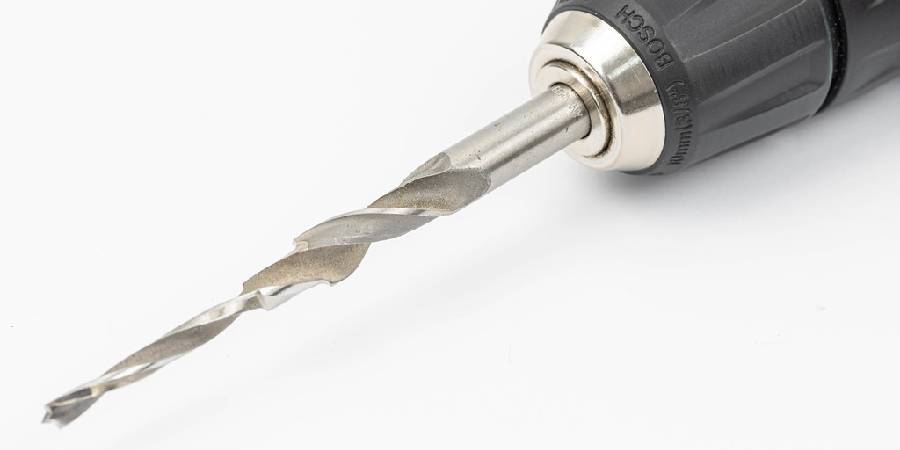
As you drill into the broken piece, the bit’s counter-clockwise rotation tends to catch onto the stuck fastener. This often results in the bit unscrewing the damaged piece as you drill, saving you the hassle of using other extraction methods.
This unique ability of left-hand drill bits is a boon for professionals and DIY enthusiasts alike. It reduces the potential frustration of dealing with broken fasteners and promotes a more efficient and streamlined work process in various repair and workshop settings.
Tools We Need to Use Left Hand Drill Bits
Venturing into a project that requires the use of left-hand drill bits means preparing not just the right bit, but also ensuring the accompanying tools are on hand for a smooth operation. Here’s a handy list of tools and accessories you might need:
- A reversible drill or a drill press: Essential for any drilling operation, especially one that requires counter-clockwise rotation, which is typical for left-hand drill bits.
- Appropriate left-hand drill bit: Depending on the specific task at hand, you’ll want to choose the correct type and size of the bit.
- Safety goggles: Safety should always be a priority. Wearing goggles will protect your eyes from any flying debris or splinters.
- Screw or bolt extractor kit: While this isn’t a mandatory tool, it can be incredibly helpful, especially if you’re dealing with stubborn, broken screws or bolts.
- Lubricating oil: This assists in smooth drilling, reducing friction and prolonging the life of your drill bit.
Having the right tools and accessories ensures not only the efficiency of the task but also the safety and longevity of your tools. Proper preparation can make the difference between a frustrating experience and a job well done.
How to Use Left Hand Drill Bits
Using left-hand drill bits is a smart way to tackle the headache of removing broken screws or bolts. These bits are designed to turn counter-clockwise, different from the regular ones. If you’re new to this or just need a refresher, here’s a straightforward guide on how to use them effectively:
Safety First
Always wear safety goggles. Before you start, make sure your eyes are protected from any flying debris.
Choosing the Right Drill
You need a drill that can rotate counterclockwise. Check if your drill or drill press has this feature before you begin.
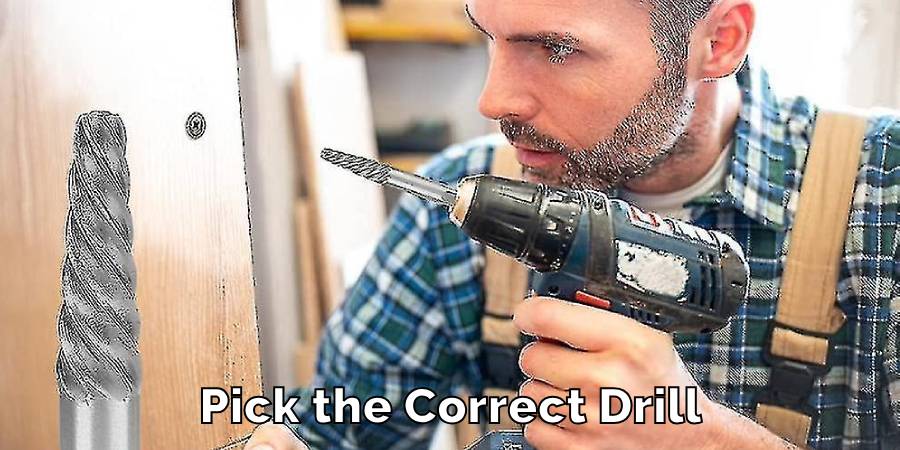
Select the Right Bit
Pick a left-hand drill bit that matches your task. The size and type of the bit are important for the job’s success.
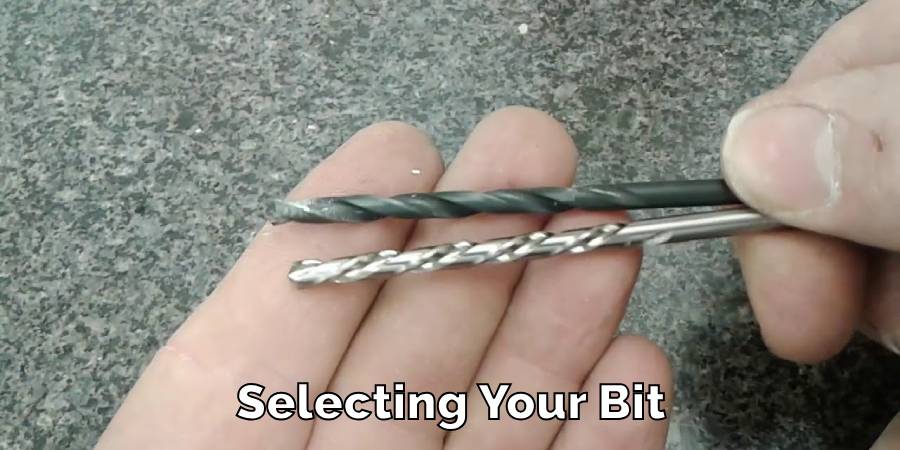
Mark Your Spot
Accuracy is key, especially with broken screws or bolts. Use a center punch to mark where you want to drill. This helps keep the drill bit from slipping.
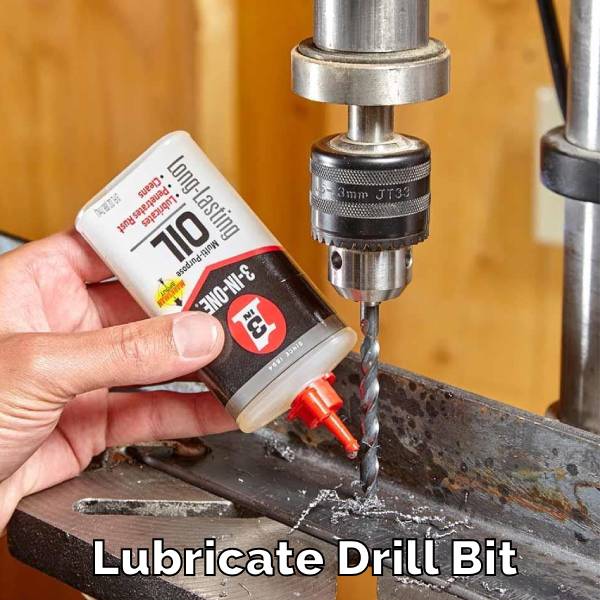
Lubricate for Smoothness
A bit of oil can reduce friction and keep your drill bit sharp longer. Just a drop or two where you’re drilling can make a big difference.
Start Drilling
Begin slowly to maintain control and ensure accuracy. You can speed up a bit as you go, but starting slow is crucial.
Extracting the Broken Piece
If you’re lucky, the counter-clockwise motion will catch the broken piece and unscrew it as you drill. If it doesn’t come out, you might need an extractor tool for the final pull.
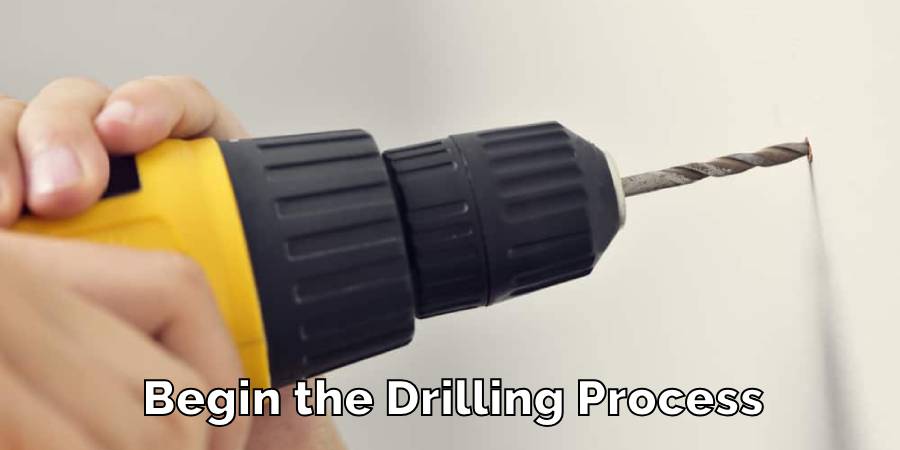
Left-hand drill bits might not be everyday tools, but they’re lifesavers for specific problems like broken screws. With the right technique, they can make your work much easier. Keep these steps in mind, and you’ll find using left-hand drill bits both effective and satisfying.
Conclusion
Left-hand drill bits are indispensable tools when confronting the challenge of broken fasteners. By understanding their types, usage, and precautions, you can efficiently tackle tasks that would otherwise be daunting.
Whether you’re a seasoned craftsman or a home DIYer, integrating the knowledge of these reverse rotation bits into your toolkit can significantly elevate your problem-solving prowess in the workshop. We how to use left hand drill bits.
You may read also – How to Make a Hole in an Acrylic Sheet Without the Drill
Can You Use Impact Driver Bits in A Drill
Knowing whether you can swap impact driver bits into a regular drill matters more than…
Can You Drill Into Popcorn Ceiling
Wondering Can You Drill Into Popcorn Ceiling for your next home improvement project? Popcorn ceilings,…
Can You Drill Into Walls in A Rental?
Renting an apartment brings the challenge of personalizing your space within the confines of rules…
Can I Use a 1/4 Drill Bit Instead of 7/32
When you’re elbows deep in a project and suddenly realize the 7/32 drill bit you…
Can You Drill Concrete Without A Hammer Drill
Drilling into concrete requires both precision and the right tools, notably a hammer drill and…
Can You Use Different Brand Drill Bits?
The right drill bit size is crucial for any project, big or small. It’s the…
